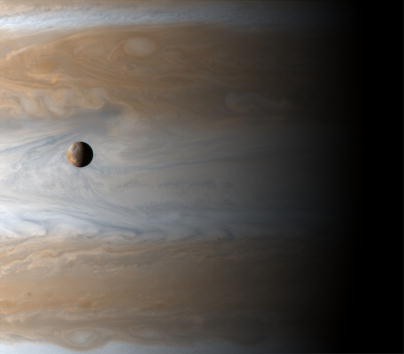
NASA will launch new spy robots to study Jupiter Tojan asteroids. The space agency has already approved the Asteroid Redirect Mission (ARM) to proceed on the next phase of the mission's robotic segment.
Earlier this year, the space agency announced that the robotic mission will commence on December 2021. This should give the agency enough time to incorporate the robotic spacecraft development in the schedule, NASA reported.
ARM is a two-part mission: For the first part, the space agency has chosen Lucy, a robotic spacecraft, which will be the first of the two spy robots to launch. It aims to integrate robotic and crewed spacecraft operations to demonstrate the key capabilities needed in a journey to Mars.
Lucy will operate at a low-gravity planetary body with astronaut spacewalk activities for sample selection, extraction, containment and return. It will also explore a region that has not been studied by spacecraft before it explores 4 more Trojan asteroids from 2027 to 2033.
The second part will launch another spy robot called, Psyche which will examine a giant metal asteroid known as "16 Psyche." The program will develop a baseline mission design to meet NASA's direction on risk, cost and schedule.
"Lucy and Psyche will take us to unique worlds that humankind has never explored before," associate administrator for NASA's Science Mission Directorate in Washington D.C. Thomas Zurbuchen said.
Jupiter's mysterious Trojan asteroids are trapped in the planet's gravity in two swarms that share its orbit. Both are located within Jupiter's circuit that revolves around the sun, Sputnik News reported.
The mission is presumed to open a window to understanding one of the earliest eras of our solar system history which is more or less than 10 years since the sun was established.
NASA is planning to schedule a solicitation in September to call for partner-provided payloads on the robotic flight system. For more information about the mission, watch the clip below:



